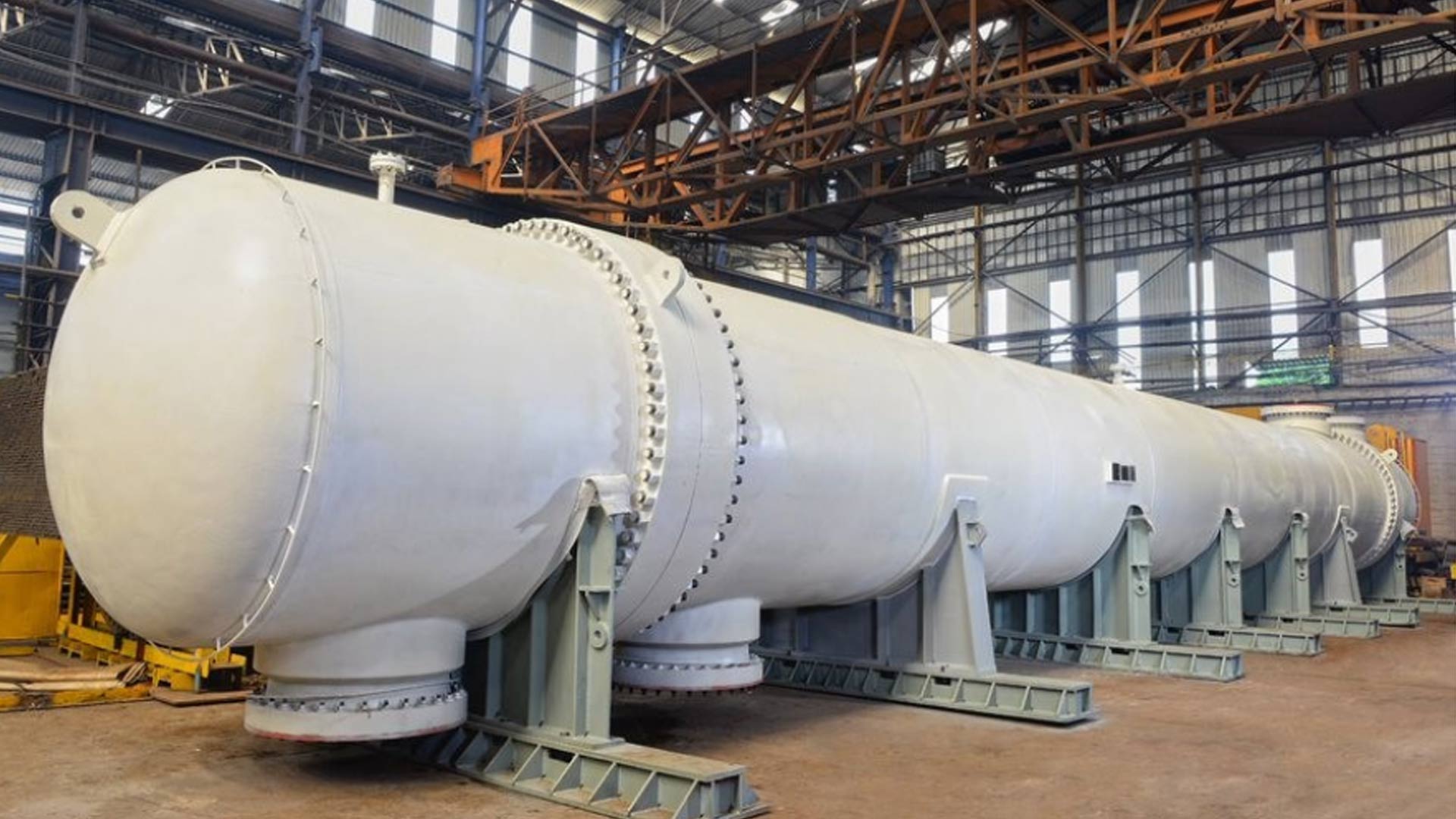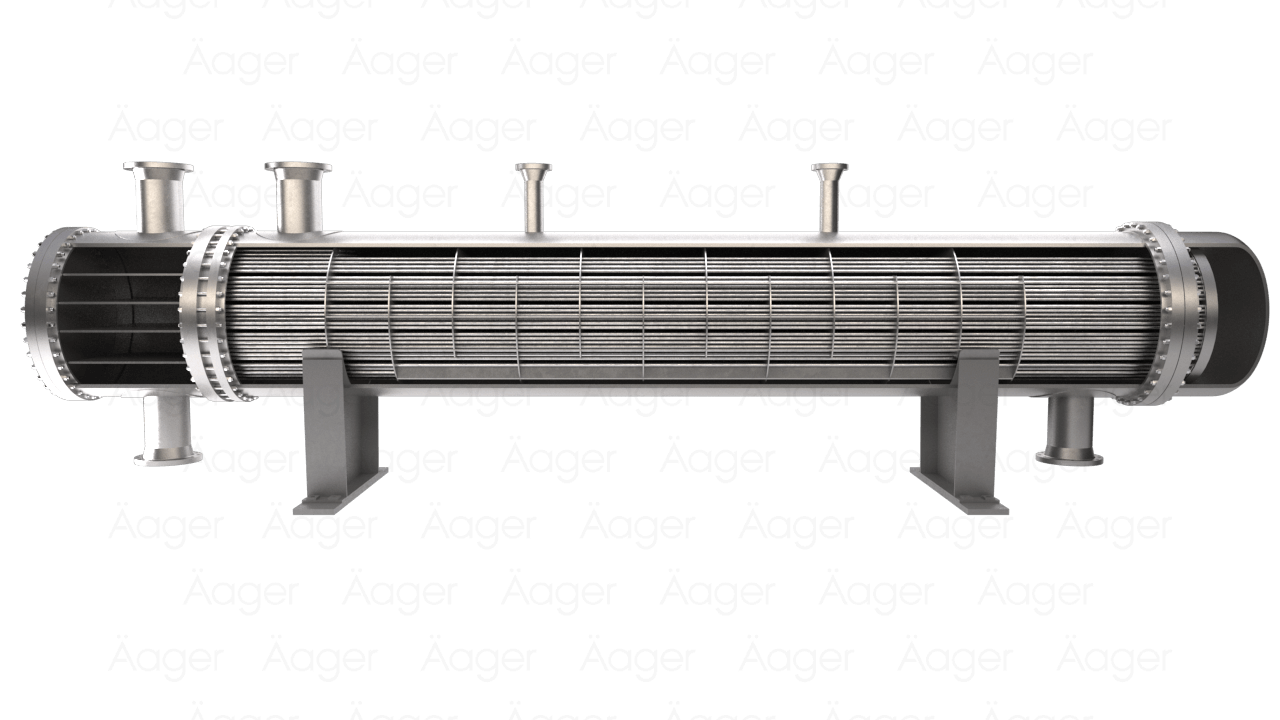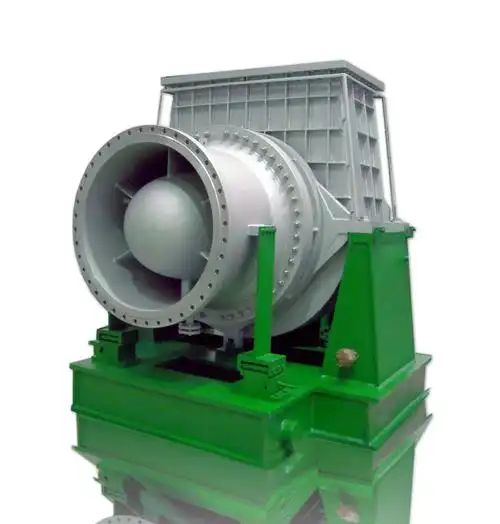High Pressure Heat Exchanger
High-pressure shell-and-tube heat exchangers are crucial components in oil and gas refineries, used for efficient heat transfer between fluids at high pressures. These exchangers are essential for various processes, including preheating feedstock, recovering heat from product streams, and cooling hot gases or liquids.
Key Features and Applications:
Shell and Tube Design:
The most common type of heat exchanger in refineries consists of tubes inside a shell, allowing for robust and reliable heat transfer.
High-Pressure Operation:
Designed to withstand the high pressures present in refinery processes, ensuring safe and efficient heat transfer.
Fluid Separation:
Transfer heat between fluids without mixing them, which is critical for maintaining the integrity of different process streams.
Preheating Feedstock:
Helps to heat incoming crude oil or other hydrocarbons before further processing, improving overall efficiency.
Heat Recovery:
Recovers heat from hot streams, reducing energy consumption and costs.
Cooling Applications:
Cool down hot gases or liquids after various processes to prevent overheating and maintain process stability.
Specific Applications:
Used in distillation, catalytic cracking, and other critical refining processes.
Benefits:
Reliability:
High-pressure shell and tube heat exchangers are known for their operational reliability, even under harsh conditions.
Efficiency:
They maximize heat transfer, leading to improved energy efficiency in refinery operations.
Safety:
Designed to handle high pressures, minimizing the risk of leaks or failures.




